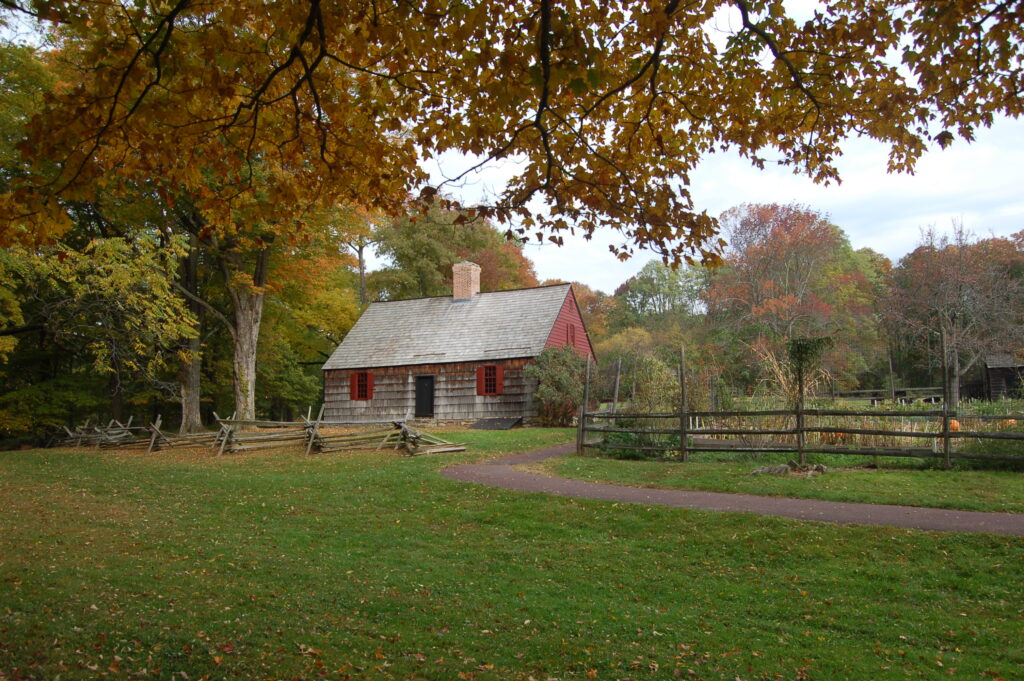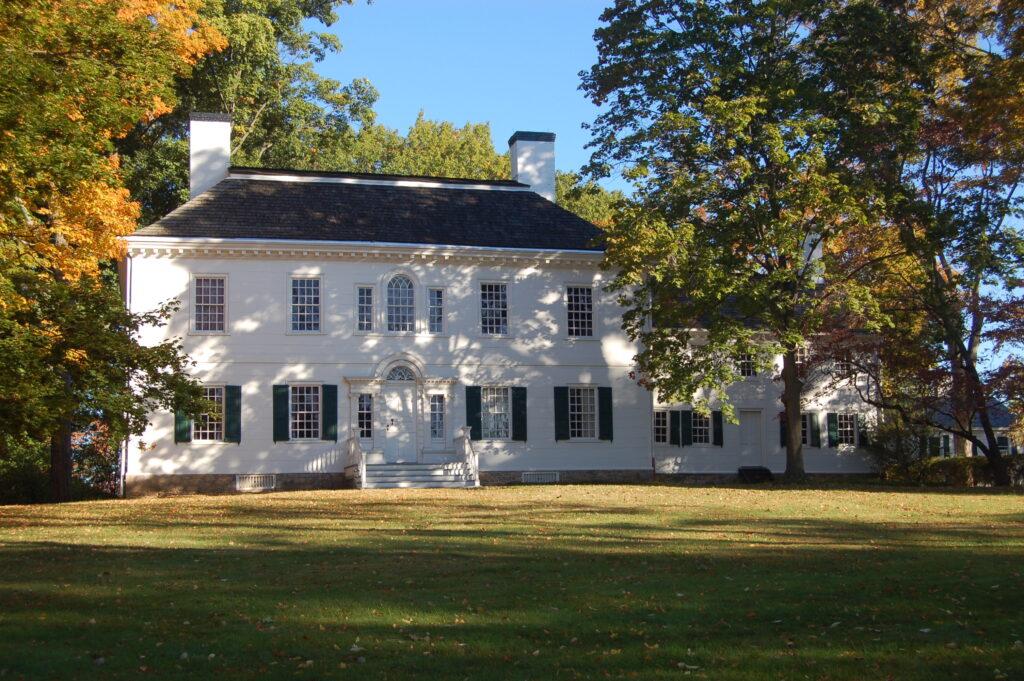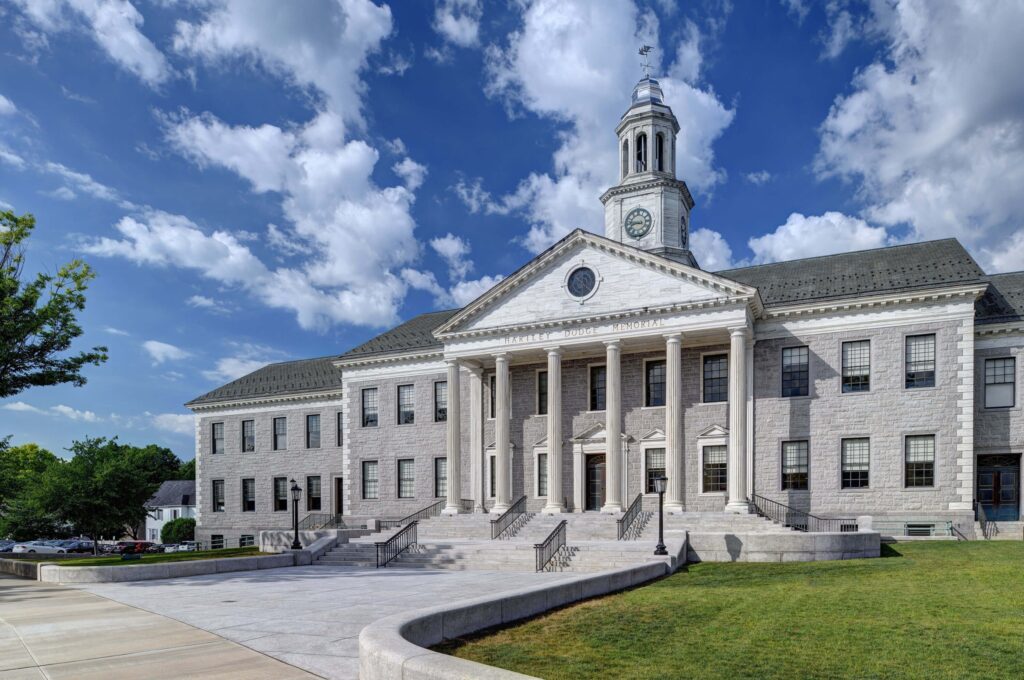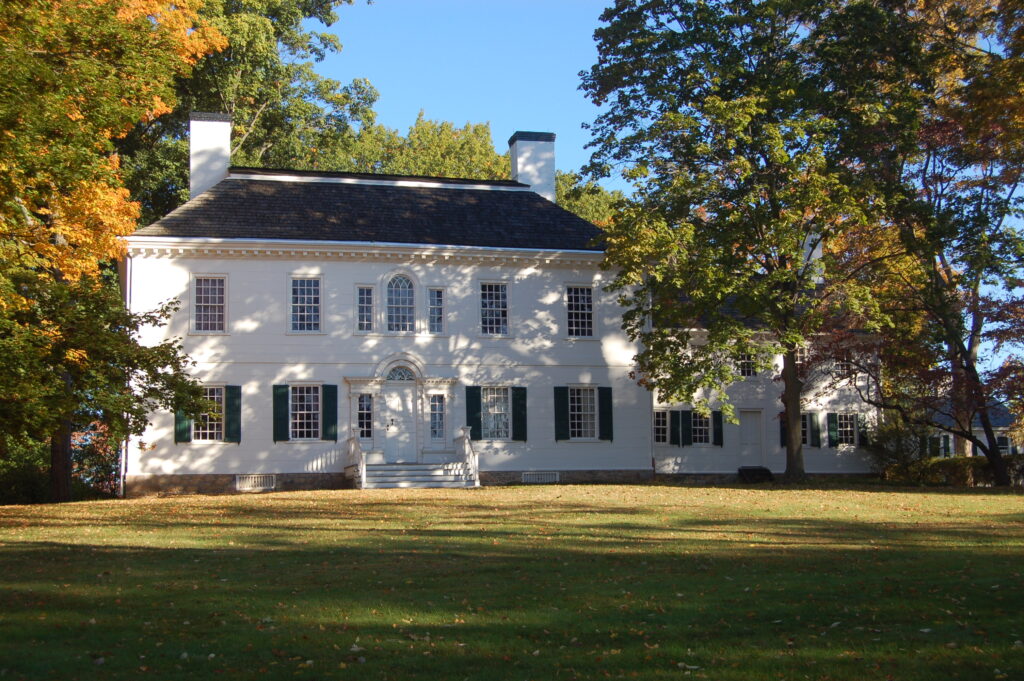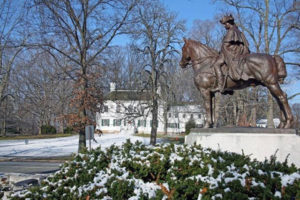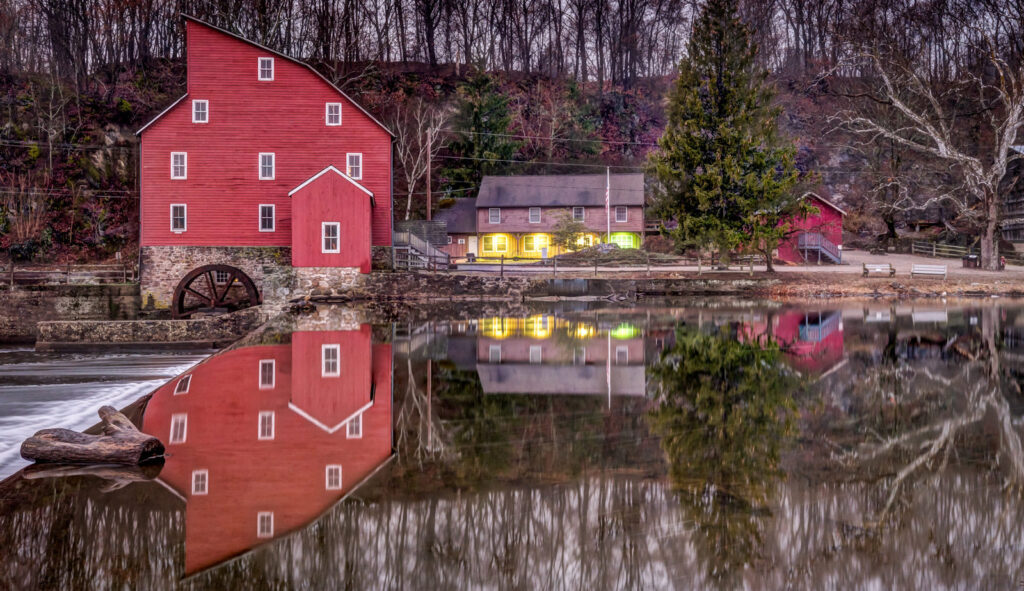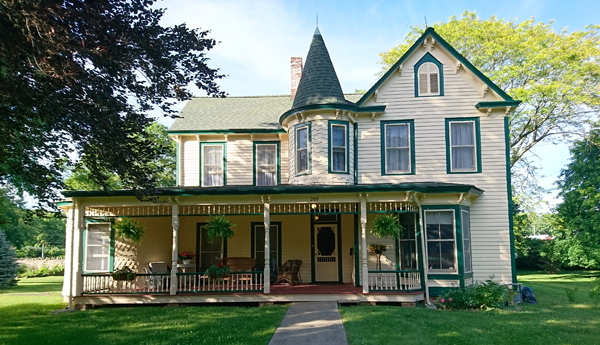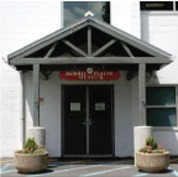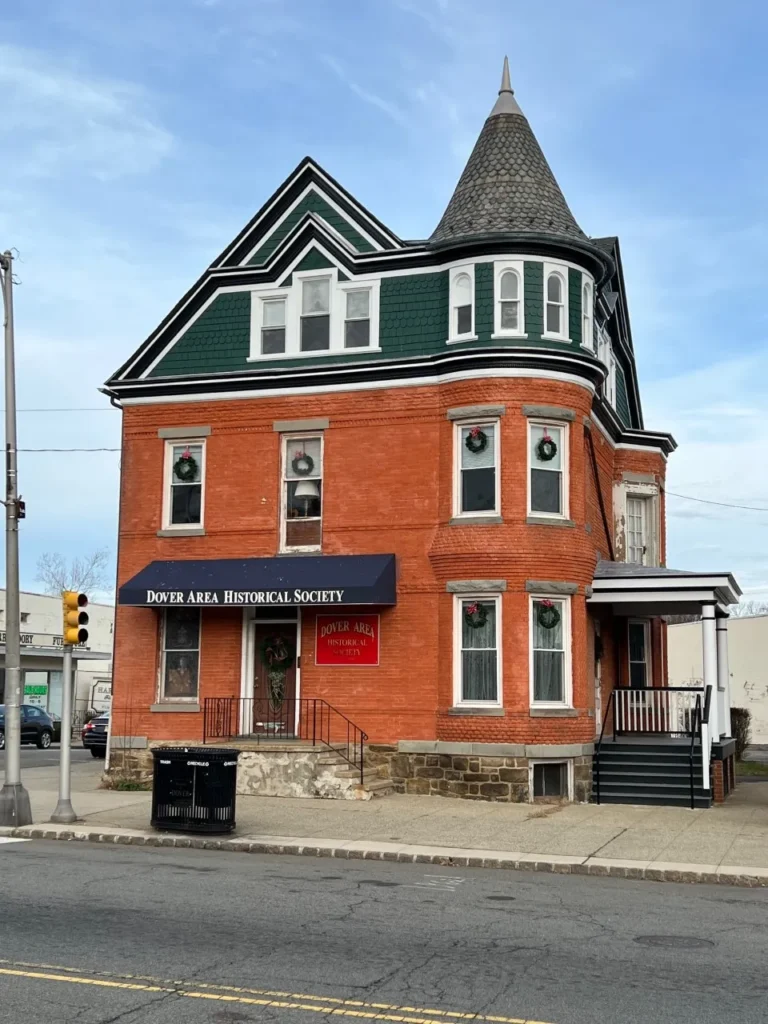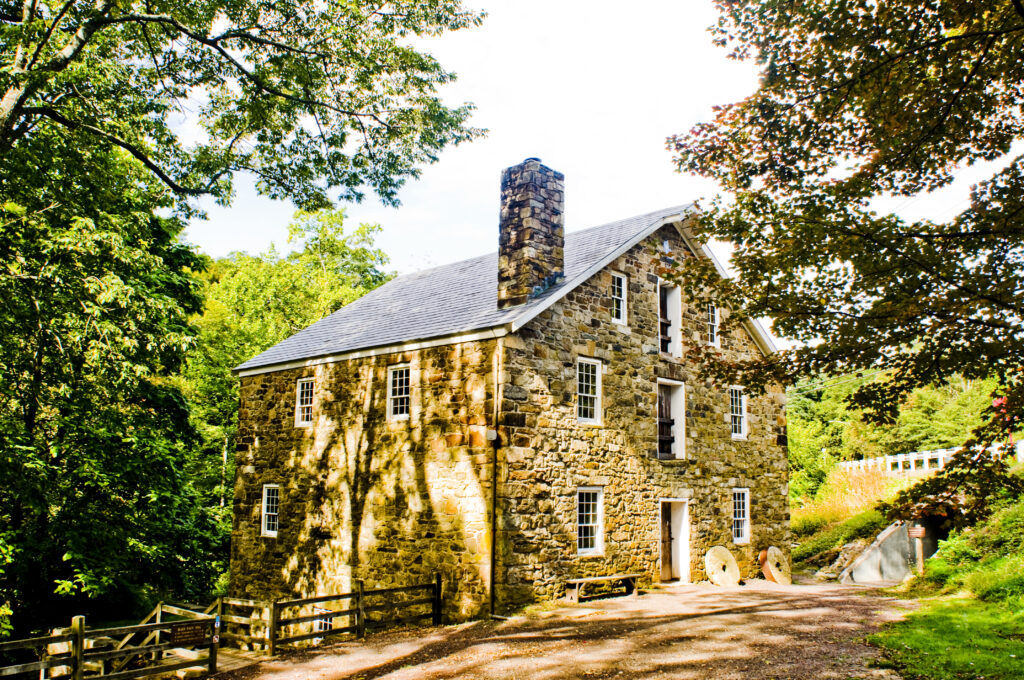
Morristown National Historical Park
Listing Overview
Morristown National Historical Park consists of four non-contiguous areas: Washington’s Headquarters Museum, Fort Nonsense, Jockey Hollow, and the New Jersey Brigade Area (which includes the Cross Estate and Gardens).
FORD MANSION - Washington's Headquarters
The well-preserved Ford Mansion, one of the park’s two original structures open to the public, was originally built in 1772. It served as General Washington’s military headquarters for six months during the winter of 1779-1780. The Ford family remained in the house occupying only two rooms while Washington, his family and staff occupied the rest. Today the house is furnished to reflect how it might have appeared during Washington's stay.
WASHINGTON'S HEADQUARTERS MUSEUM
The winter of 1779-1780, the most severe of the century, brought great suffering to the Continental Army in Morristown. General Washington demonstrated his leadership by holding the army together creating a cohesive, united front. It was one of his greatest triumphs, and visitors can learn all about it at Washington’s Headquarters Museum through and introductory video and four exhibit galleries, including the interactive “Discover History Center.
JOCKEY HOLLOW VISITOR CENTER
There are approximately 20 miles of walking trails in beautiful Jockey Hollow. The staffed visitor center has a furnished full-scale soldier hut display, information on the natural aspects of the park and a large mural depicting the 1779-1780 encampment. Visitors can then hike up to the replica soldier huts to see them in person.
The 1750 Wick House is the second of two original structures open to the public and is just down a walking path from the visitor center. It is set up today as it might have been when it served as the headquarters for Major General Arthur St. Clair during the winter of 1779-1780.
FORT NONSENSE
Washington’s troops built a fort in the spring of 1777, on what was then called Kinney’s Hill. Its purpose was to protect the main roads leading north and south in order to preserve Morristown as a military storehouse. The British never made an attack on Morristown, however, and the fortified hilltop was never used. Several wayside exhibits and a small monument now commemorate the fort.
NEW JERSEY BRIGADE AND CROSS ESTATE GARDENS
When the New Jersey troops arrived in Jockey Hollow in mid-December, there was no suitable campsite available. Instead, the troops moved a few miles south of Jockey Hollow, encamping on a hillside on the property today known as the Cross Estate. The Jersey troops camped here from December 1779 until April 1780, when they moved into huts in Jockey Hollow that had been vacated by the Maryland Brigade. Today, the site of the New Jersey Brigade encampment is marked by interpretive signs and can only be reached by a hiking trail, which can be accessed at the New Jersey Brigade parking area at the Cross Estate.
Walk up the path from the New Jersey Brigade parking area and enter the impeccably landscaped gardens of the Cross Estate. It is like going back in time to the early 20th century. Experience the grandeur of a lifestyle that no longer exists by walking through these formal, walled gardens. Take the path bordered by mountain laurel and stroll beneath the wisteria-covered pergola for a perfect afternoon.
For hours of operation, please check the park’s website at https://www.nps.gov/morr/planyourvisit/hours.htm

